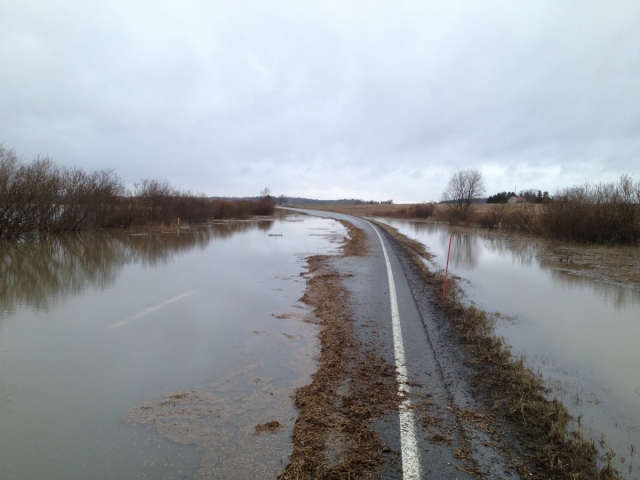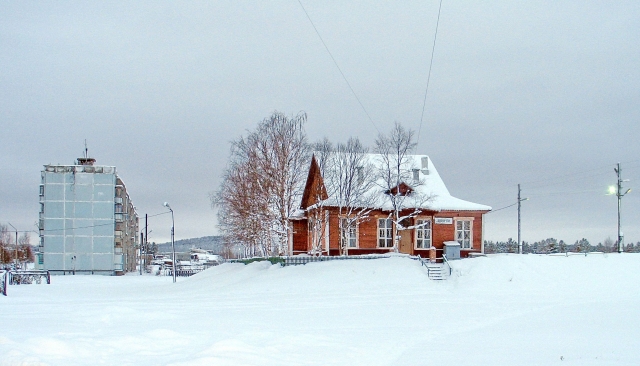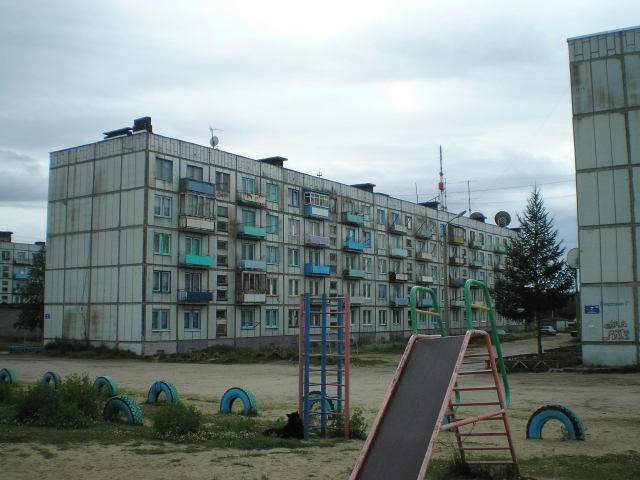and Kirkenes. The project of creation of railway communication between the Finnish Rovaniemi and the Norwegian Kirkenes is at present chosen as the main option. Until the end of February, 2018 transport Agency Finland together with the Norwegian state company Bane NOR which is responsible for railway infrastructure have to prepare the report according to the project, called "The Arctic corridor". by A could choose a route to the Barents Sea and through Murmansk region, this option was shorter and cheaper. But chose a way on EU, and here a role played not only geopolitics, from the Russian side a lot of things were made till 2014 that freights about Finland did not get to Russian Federation. The construction project of a branch line of Sal — Kandalaksha (with a possible exit to Murmansk) appeared at the beginning of the two-thousand. The first assessment was executed in 2004. Finland and the municipal authorities East Region of Lapland supported its government. The option of creation of a branch of Sal — Kandalaksha received a positive assessment of Ministry foreign trade and development of Finland in 2008. The same year the project was included in the "Expectations of Regions from Barents Cooperation" program within the Barents Evro-Arktichesky Region program (BEAR). The project was recognized profitable, but business did not reach realization. Finns even reconstructed on means of EU highway Kandalaksha — Alakurtti and "Sal's" check point at the Russian side. Negotiations between Finnish and the Russian side actively went in 2011 — 2012, but ended with nothing, except declarations. And practical steps it was not made from the Russian side.
As we already told , practically at the same time with Sal's project — Kandalaksha there was a project of iron roads Rovaniemi — Kirkenes. As her initiator Government Kingdoms Norway acted. Norwegians wanted to connect initially Kirkenes to Nikelem-Pechengoy (40 km). And only after it became clear that the Russian side does not consider the project interesting, began to study the project of the line Rovaniemi — Kirkenes (550 km). At iron roads between Nickel and Kirkenesem were opponents from the Russian side, and their arguments have the right for being heard. If to build this iron road, they speak, the part of freights from PUBLIC JOINT-STOCK COMPANY "MMTP" can become the Norwegian Kirkenes where there is less than bureaucracy less port collecting. In our opinion, argument disputable — similar questions can be solved by regulation of tariffs, and the created infrastructure at its operation gives a gain and additional cost, and new workplaces. But if in transition option Pechenga-Kirkenes such fears still took place, in a case with Alakurtti of these reasons is not observed — the purpose of this of roads was in transfer of the Finnish ore through the Barents Sea and the port infrastructure would thus be used Russian and railway, and.
As was constructed road in Alakurtti
by One of conditions of the prisoner between the USSR and Finland of September 10, 1944 of peace contracts there was a construction by the Finnish party by own efforts in the territory of iron roads from Kemiyarvi through Sal to frontier with the USSR where she had to unite to other railway line which was under construction the Soviet party from the territory. Iron roads Finland have track width similar Russian therefore problems with interface of a track do not arise. The way could be used in plans of the General Staff of the USSR for ensuring the Soviet military operations (and Salla's capture and some territories adjoining it gave to Soviet Union opportunity in the shortest terms rassech Finland in half in its narrowest place and to leave to the Gulf of Bothnia). But opportunity for economic penetration into Northern Finland was the main reasons. If to look at the map of the region, it is possible to see that on the northern coast of the Gulf of Bothnia the Finnish iron roads are joined to iron roads Sweden (Tornio and Haparanda), appeared opportunity to create the shortest track for transit transportations between the USSR and Sweden.
In the territory of the USSR construction of iron roads from the Art. Ruchyi-Karelsky (on the main thing Murmansk to a course Kirov railway) on the West, to border, began even during the Russian-Finnish winter war by GULZhDS forces (Head department of camps of railway construction — one of numerous central boards in system GULAG). During 1940 line construction Ruchyi-Karelsky — Alakurtti — Kuoloyarvi (162 km) was complete, but by then military operations were already complete. In 1941, almost right after commissioning of a new site of iron roads, the Great Patriotic War began. The district of the settlement of Alakurtti appeared again in a zone of operations.
After the Great Patriotic War the iron road to the Soviet-Finnish border was restored by . In 1956 Alakurtti's site — Kuolayarvi (extent of 62 kilometers) was sorted. Also is a riddle why — the reasons of this decision are unknown. It is possible to assume only these reasons — at that time after Stalin's death and carrying out the XX-th congress of CPSU it was declared a cult of personality of Stalin, and also a number of measures for elimination of consequences of this cult was accepted. Among actions there were also a mass rehabilitation of victims of political repression, closing of a number of camps. Those years operation of a number of iron roads, used by prisoners of GULAG in the north was suspended, the part of roads was sorted in 1956. Quite probably, road from Allakurti to border got to their number, but documentary confirmations of this version are not present.
A can still we will be overcome?
Certainly, considering as the question of construction of iron roads, and practically lack of interest to this project from the Russian side doubtfully moved ahead that the Finnish party will decide to return to discussion cheaper and more favorable to Russian Federation road option through Alakurtti. Especially it is necessary to consider a present general cold snap in relationship between EU and Russian Federation. But can not remove after all a question completely from the agenda of the Russian-Finnish relations? The list of infrastructure projects for realization in basic zones Arctic is now formed, this project to inclusion in this list so can be worthy? After all the Finnish-Norwegian project will be considered only in 2018 and if from the Russian side the true interest is shown, realization of a transport corridor from Finland to Murmansk will give an impetus and to development the Russian-Finnish relations, and to development PUBLIC JOINT-STOCK COMPANY "MMTP", and Murmansk region as a whole.




